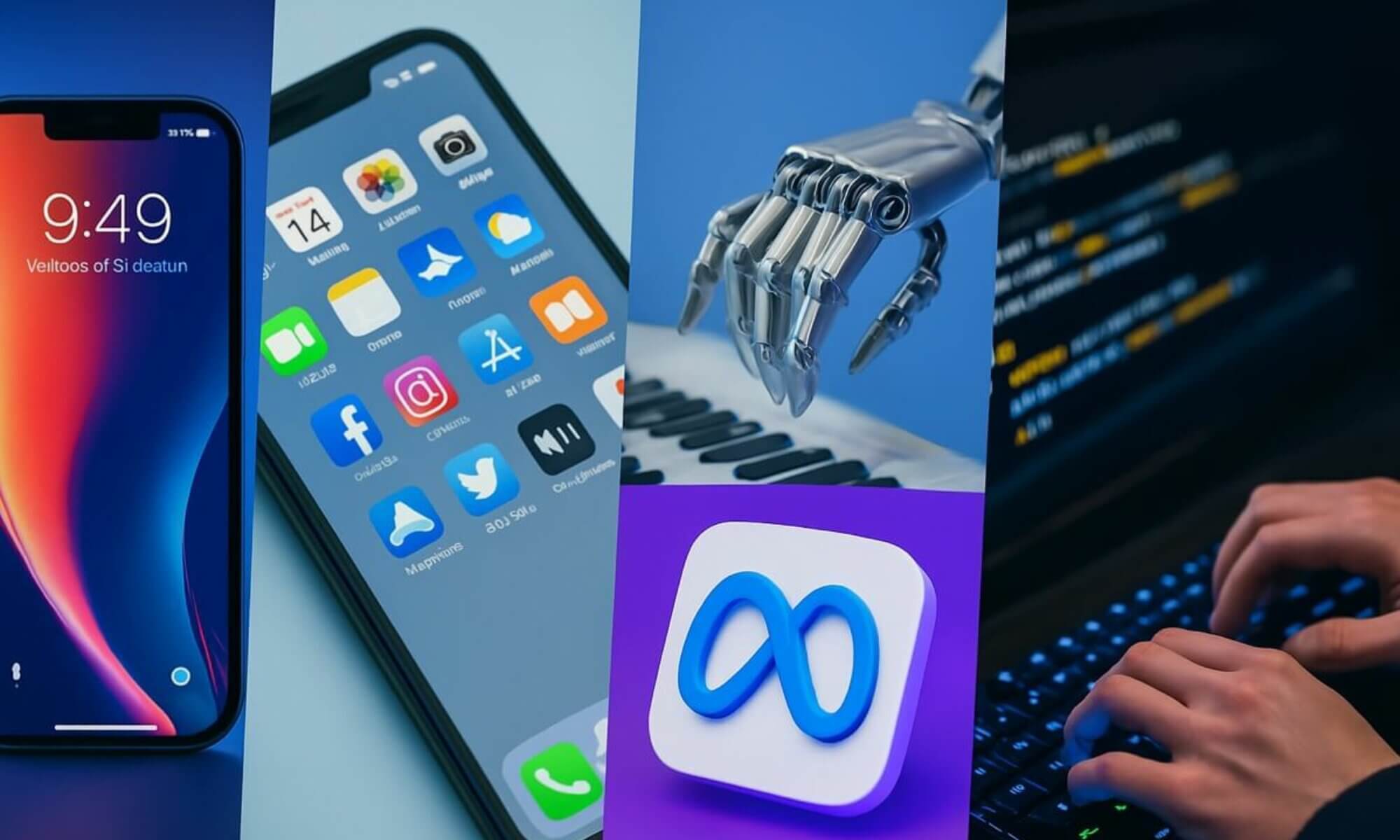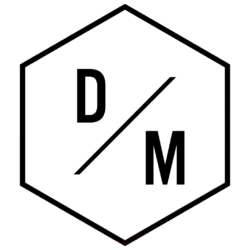There’s something timeless about a heartfelt “thank you.” It doesn’t matter if you’re leading a team of five or five hundred — people want to feel seen, valued, and appreciated. The trouble is, in today’s fast-paced, digital-first workplaces, it’s surprisingly easy for gratitude to get lost in the noise.
We’re managing hybrid schedules, juggling time zones, and keeping up with constant change. In all that chaos, it’s no wonder that recognition often becomes an afterthought — something we mean to do, but don’t always get around to.
But here’s the thing: the companies that do prioritize recognition? They’re seeing higher retention, better performance, and stronger cultures.
And that doesn’t just happen through formal awards or quarterly shoutouts. It happens when gratitude becomes part of the daily rhythm — not a performance, but a practice.
Welcome to recognition in the digital age.
Why Recognition Needs to Evolve
The way we work has changed — and so have expectations around what recognition looks like.
For one, teams are no longer sitting side-by-side. Remote and hybrid work mean people are doing great things out of sight, and without intentional effort, those wins go unnoticed. The classic “high five in the hallway” moment? It doesn’t exist anymore.
Also, today’s workforce — especially younger generations — care more about meaning than hierarchy. They don’t want generic “Employee of the Month” plaques. They want to be recognized for their actual contributions, in a way that feels authentic and personal.
So, what does modern recognition look like? It’s quick, digital, human, and shared. And most importantly, it’s consistent.
1. Peer-to-Peer Recognition: Let Everyone Have a Voice
Gone are the days when only managers handed out praise. One of the most impactful shifts in modern workplaces is the rise of peer-to-peer recognition.
When coworkers thank each other — whether it’s for jumping in to help on a tight deadline, or just being a positive presence in meetings — it builds trust, strengthens relationships, and reinforces a culture of appreciation from the ground up.
The beauty of this approach is that it doesn’t rely on top-down processes. It empowers everyone to participate, creating a more connected and supportive work environment.
To make it easy, many teams use digital shoutout boards, Slack integrations, or even quick forms that let employees highlight a teammate’s contributions in real time. The key is visibility — when recognition is shared openly, it inspires others to do the same.
2. Make It Personal, Not Just Public
Public recognition is powerful — but it shouldn’t be the only kind.
Sometimes, a private message or a personalized note hits deeper than a post in the company chat. A manager who takes two minutes to write, “I saw how much effort you put into that client presentation — thank you,” can have a lasting impact on someone’s motivation.
Don’t underestimate the value of small, specific praise. Generic compliments are forgettable. Personal ones are memorable.
Modern recognition isn’t about big gestures. It’s about being intentional, timely, and real.
3. Tie Recognition to Values and Impact
If you want recognition to do more than just make people feel good — if you want it to reinforce culture — tie it back to your company values.
When someone goes above and beyond, connect their behavior to what your company stands for.
- “You showed real ownership in how you handled that client issue — that’s exactly what our core value of accountability looks like in action.”
- “Your collaboration across teams was a great example of how we break silos and work together.”
This doesn’t just validate individual effort. It signals to the whole team what “great” looks like, and builds alignment around shared goals.
4. Reward the Right Way — But Don’t Overdo It
Yes, rewards still matter. Whether it’s a $10 coffee gift card or points toward a larger prize, small tokens of appreciation can reinforce recognition and give people an extra boost.
But here’s the nuance: recognition and rewards aren’t the same thing. A meaningful “thank you” shouldn’t require a budget behind it.
That said, having a structured reward system can help you scale appreciation across teams — especially if you’re managing a distributed workforce. It also gives people a tangible “thank you” they can enjoy or share.
Some companies are getting creative with rewards — from custom swag and lunch with execs, to experience-based gifts or donations to a charity of the employee’s choice.
The key is variety. One-size-fits-all rarely fits anyone.
5. Use the Right Tools to Make It Stick
Recognition shouldn’t rely on sticky notes, random emails, or memory alone. That’s where technology can make all the difference.
With the right employee engagement platform, you can build recognition into your workflow — not as an extra task, but as part of the way your team communicates.
These platforms let you automate milestone celebrations (like birthdays and anniversaries), track participation, highlight peer shoutouts, and even integrate with tools like Slack or Teams so recognition becomes part of the daily conversation.
More importantly, they give you data. You can see who’s being recognized (and who’s not), spot engagement trends, and make sure no one is being left out.
Recognition isn’t just a feel-good strategy — it’s a culture-building tool. And like any part of culture, it works best when it’s intentional, visible, and supported by systems.
Final Thoughts
In a world where work is more digital, dispersed, and demanding than ever, a simple thank-you can go a long way — if it’s done right.
Recognition in the digital age isn’t about perfection. It’s about consistency, sincerity, and making people feel like they matter.
You don’t need a fancy program to start — just a willingness to notice the good, say something about it, and encourage your team to do the same.
Because at the end of the day, the best workplaces aren’t built on perks or policies. They’re built on people who feel appreciated — and who want to show up and do their best because of it.


